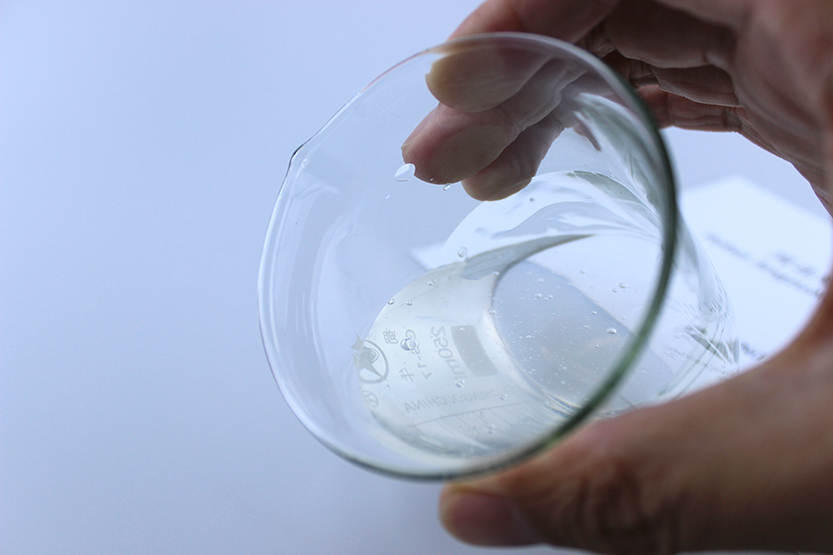
Out . 22, 2024 01:19 Back to list
Understanding the Solubility Characteristics of Hydroxyethyl Cellulose in Various Solvents
The Solubility of Hydroxyethyl Cellulose Key Properties and Applications
Hydroxyethyl cellulose (HEC) is a non-ionic water-soluble polymer derived from cellulose through a series of chemical modifications. It is widely recognized for its versatility and is employed in various industries, including pharmaceuticals, cosmetics, food, and construction. One of the most critical attributes of HEC is its solubility in water, which significantly impacts its performance in numerous applications.
Properties of Hydroxyethyl Cellulose
The solubility of HEC is primarily influenced by its molecular weight and the degree of substitution (DS). HEC is available in various grades, each characterized by different molecular weights and DS. Generally, higher molecular weight HEC exhibits increased viscosity but decreased solubility, whereas lower molecular weight HEC is more soluble in aqueous solutions. The average DS of HEC typically ranges from 0.4 to 2.5, making it more soluble in water than its parent cellulose.
HEC is known for its excellent swelling properties, which enhance its solubility in water. When HEC is dispersed in water, it absorbs water and swells, leading to the formation of a gel-like structure. This property is particularly beneficial in applications where thickening and emulsifying agents are required. The ability to dissolve in cold water without the need for heating is another advantageous feature, distinguishing HEC from other thickeners and making it suitable for formulations sensitive to heat.
Factors Affecting Solubility
Several factors can affect the solubility of HEC in water
1. Temperature The solubility of HEC generally increases with temperature. Warming the water can enhance the swelling of HEC particles, facilitating their dissolution.
2. pH Levels The solubility and viscosity of HEC can also be influenced by the pH of the solution. In acidic or basic conditions, the solubility profile may vary, so formulators need to consider pH when using HEC in specific applications.
hydroxyethyl cellulose solubility

3. Salinity The presence of salts in the solution can impact the solubility of HEC. High salt concentrations may lead to decreased solubility due to electrolyte-induced aggregation, which ultimately affects the overall viscosity of the solution.
4. Shear Stress In industrial applications, the method of mixing and the applied shear stress during the dissolution process can affect how well HEC dissolves. Gentle mixing is usually recommended to prevent the formation of lumps during the hydration process.
Applications of Hydroxyethyl Cellulose
The solubility of HEC allows it to serve a variety of functions across different sectors. In the pharmaceutical industry, HEC is used as an excipient in drug formulations, providing viscosity and stabilizing emulsions. Its bio-compatibility and non-toxic nature make it suitable for developing controlled-release systems.
In the cosmetics industry, HEC is incorporated into creams, lotions, and gels, imparting thickness and enhancing the texture of products. Its water-retaining properties help improve skin hydration and the overall feel of cosmetic formulations.
In construction, HEC is commonly used as a thickener and water retention agent in cement-based products, stuccos, and tile adhesives. It enhances workability and reduces water evaporation, providing better adhesion and longevity to building materials.
Conclusion
In summary, the solubility of hydroxyethyl cellulose is a critical property that underpins its multifaceted applications across various industries. Its ability to dissolve in water, coupled with its versatility, makes it an invaluable ingredient in formulations ranging from pharmaceuticals to cosmetics and construction materials. As industries continue to innovate and develop new applications, HEC’s role is likely to expand, underscoring the importance of understanding its solubility characteristics and behavior in different environments.
-
Versatile Hpmc Uses in Different Industries
NewsJun.19,2025
-
Redispersible Powder's Role in Enhancing Durability of Construction Products
NewsJun.19,2025
-
Hydroxyethyl Cellulose Applications Driving Green Industrial Processes
NewsJun.19,2025
-
Exploring Different Redispersible Polymer Powder
NewsJun.19,2025
-
Choosing the Right Mortar Bonding Agent
NewsJun.19,2025
-
Applications and Significance of China Hpmc in Modern Industries
NewsJun.19,2025







